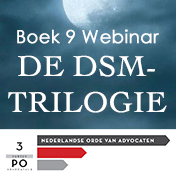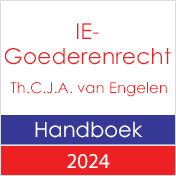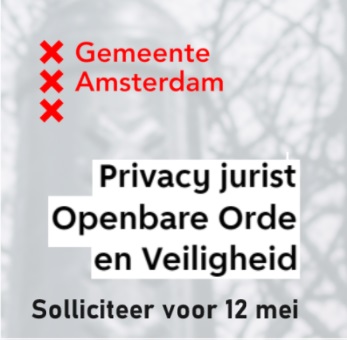 Gemeenschapsmerk – Beroep ingesteld door de aanvrager van het beeldmerk dat de kop van een wolf afbeeldt, voor waren van klasse 7, strekkende tot vernietiging van beslissing R 425/2010-2 van de tweede kamer van beroep van het BHIM, waarbij is vernietigd de beslissing van de oppositieafdeling houdende afwijzing van de oppositie van de houder van de internationale en nationale beeldmerken die de woordelementen „WOLF Jardin” en „Outils WOLF” bevatten, voor waren van de klassen 1, 5, 7, 8, 12, 13 en 21.
Gemeenschapsmerk – Beroep ingesteld door de aanvrager van het beeldmerk dat de kop van een wolf afbeeldt, voor waren van klasse 7, strekkende tot vernietiging van beslissing R 425/2010-2 van de tweede kamer van beroep van het BHIM, waarbij is vernietigd de beslissing van de oppositieafdeling houdende afwijzing van de oppositie van de houder van de internationale en nationale beeldmerken die de woordelementen „WOLF Jardin” en „Outils WOLF” bevatten, voor waren van de klassen 1, 5, 7, 8, 12, 13 en 21.
Vervolg op IEPT20131114 (HvJEU), waarin de zaak is terugverwezen naar het GEU.
Het beroep wordt toegewezen; de bestreden beslissing wordt vernietigd. De motivering van het BHIM was onvoldoende om te kunnen concluderen dat sprake was van een gevaar voor meeliften op de reputatie van het oudere merk. Zo is niet genoemd dat de oudere merken kwaliteiten bezitten die kunnen overstralen naar de waren van het aangevraagde merk en blijkt niet uit de beslissing dat de oudere merken een exceptioneel grote reputatie hadden, waardoor de kans op meeliften zo groot was dat er niet langer moest worden onderzocht of het imago van het oudere merk naar de aangevraagde merken kon worden overgedragen.
57. Secondly, it must be found that, as the applicant submits, that reasoning makes no reference to the existence of any particular quality associated with the earlier marks that is capable of being transferred to the goods covered by the mark applied for, or to the likelihood of such a transfer happening in the commercial sector concerned. The fact that the earlier marks have a long-standing reputation and that they are highly distinctive does not necessarily mean that the image that they convey can be transferred to the goods covered by the mark applied for and, therefore, that their power of attraction, reputation or prestige could be useful to the proprietor of that mark for the marketing of those goods.
58. Thirdly, it does not at all follow from the reasoning used in paragraph 36 of the contested decision that the Board of Appeal found that the earlier marks had an exceptionally high reputation from which it might be presumed, in accordance with the case-law in VIPS (judgment in VIPS, paragraph 47 above, EU:T:2007:93, paragraph 48), cited in paragraph 52 above, that the probability of a risk of free-riding was so obvious that it was no longer necessary to verify whether the image of the earlier marks or the characteristics projected by those marks could be transferred to the goods covered by the mark applied for. Neither does it follow that the Board of Appeal found that the probability of a risk of free-riding could be presumed by applying that case-lase by analogy to cases, such as the instant case, in which earlier marks have a long-standing reputation and a very distinctive character.
Lees het arrest hier.



























































